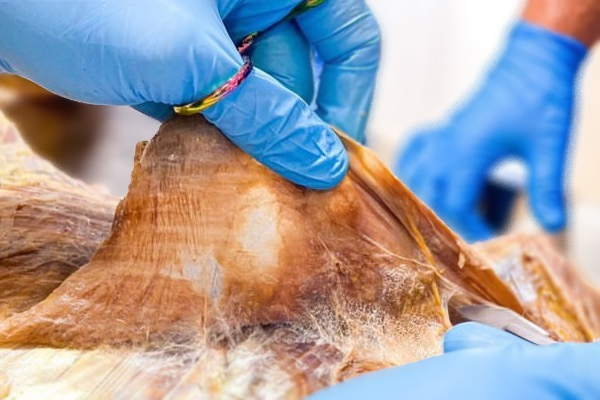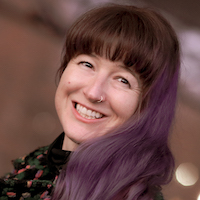
The following blog post is sponsored by Experience Anatomy.
As massage therapists and bodyworkers, we know it is crucial to dedicate time to understanding human form and function. In fact, the majority of ABMP educational articles focus on the study of massage-related anatomy and physiology. Anyone who has studied the topic already understands how vast and complex the study of human anatomy can be, especially when we apply our understanding to a living individual. This can leave us questioning how to piece together the various body systems and transcend from naming individual anatomical structures to truly understanding the relationships and connections within the whole.
For centuries dissection has been considered the gold standard for studying human anatomy and has been restricted to a privileged few. Dissection alone allows a student to take their anatomical understandings from two dimensions into the reality of three dimensions. Books do well to teach the origins and insertions of muscles, and to name nerves, identify vessels, and outline their pathways, yet the dissection lab is the only place to truly observe relationships between structures and the important function of fascia.
Fascia can only exist in continuity with other structures; without the muscles, nerves, viscera, etc., fascia is virtually just a blob of connective tissue. Fascia’s function is dependent on the presence of other anatomical structures and forms the connections between those structures. In the lab you will see the ubiquity of fascia and appreciate it in all its many textures and varieties. Working with real anatomy allows one to truly understand the relationships between the skin, fascia, muscles, bones, organs, nerves, and vessels. The level of understanding hands-on therapists can learn through direct, deep study of the human body cannot be overstated, as it truly builds a mental map of what is under the skin.
To some, it might seem intimidating to dissect a human cadaver, but a shift in mindset toward curiosity and wonder can hold the key to a myriad of new understandings and insights while learning through dissection. The great thing is you don’t have to know the name of every anatomical structure or have an anatomy atlas memorized to perform dissection. Surprisingly, much of the learning comes from the process of dissecting, as much of the anatomy you already know starts to reveal itself and demonstrates the nature of human internal connection. It is not uncommon for participants to continually have their mind blown while in the dissection lab.
Right now is an inspiring time to be in the bodywork field. Never before has there been such an abundance of opportunities for manual therapists to participate in a lab with excellent dissection educators. It should be known that there are labs across the US and Europe led by brilliant instructors whose entire goal is to teach nontraditional anatomy students.
Massage therapists and bodyworkers consistently report that their practice benefits immensely from time spent in the dissection lab. Many express the feeling that they have gained X-ray vision, and they walk away with an enhanced understanding of the size, shape, and locations of the structures they work on every day. Therapists who are students of dissection often find themselves becoming better at matching intent with effect and are thus able to produce better outcomes for their clients. Studying in the dissection lab has shown to greatly improve confidence and understanding of endangerment sites to make for safer therapists.
Each time you walk out of a dissection course you will gain a new, unique perspective. Likely, you will never look at your practice, clients, or the world in quite the same way.
author bio

Fauna Moore has spent the past 20 years as a massage therapist and massage instructor. She is a longtime student of Gil Hedley and founding member of the Fascial Net Plastination Project. Fauna now works full time in educational programing and lab management for Experience Anatomy in Charlotte, North Carolina.

Rachel Klaus received her MS in Human Anatomy from the University of Colorado School of Medicine. She has been building the academic programming offered by Experience Anatomy since 2019 by integrating her experience and knowledge of various anatomical resources to provide unique educational experiences for all types of learners.